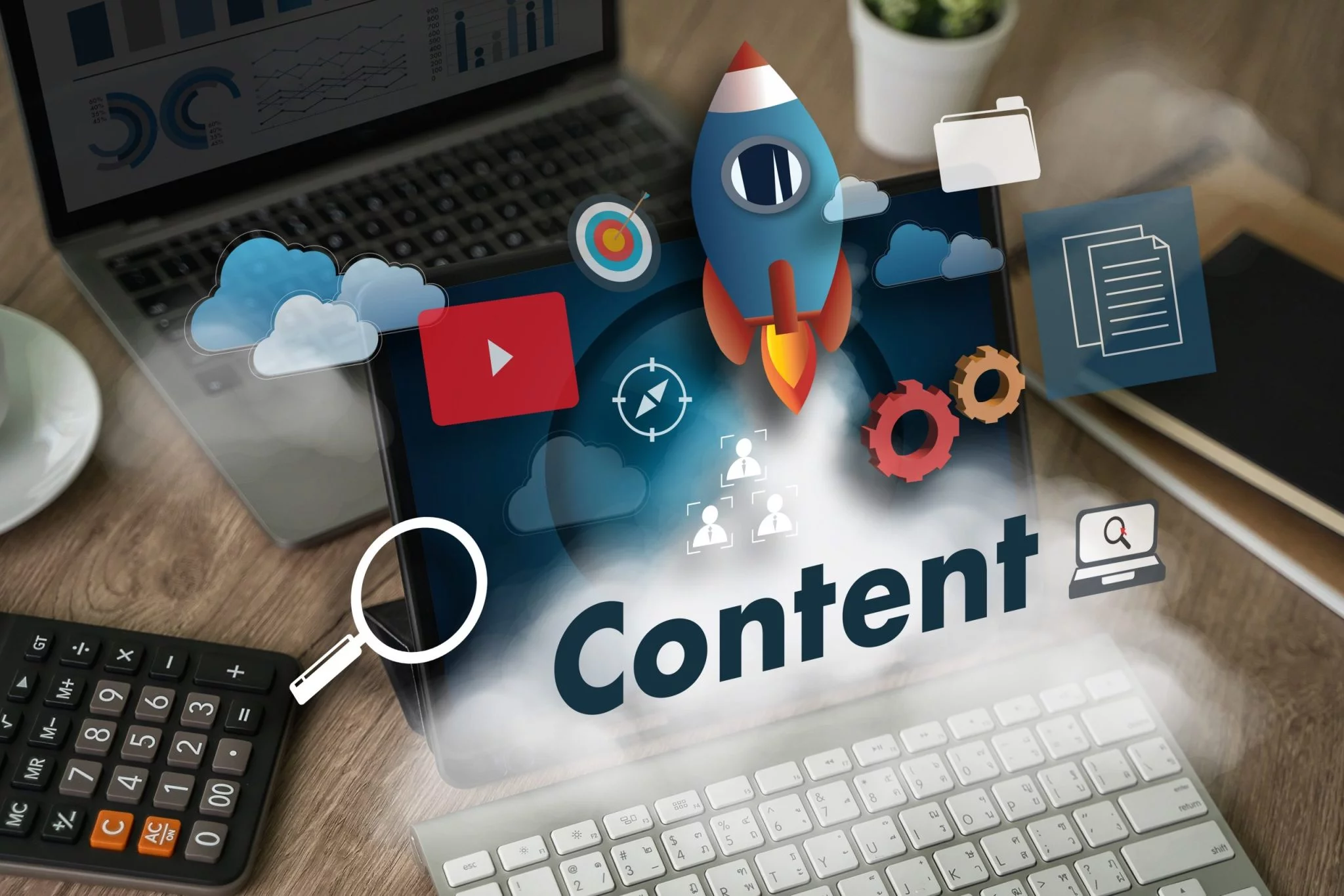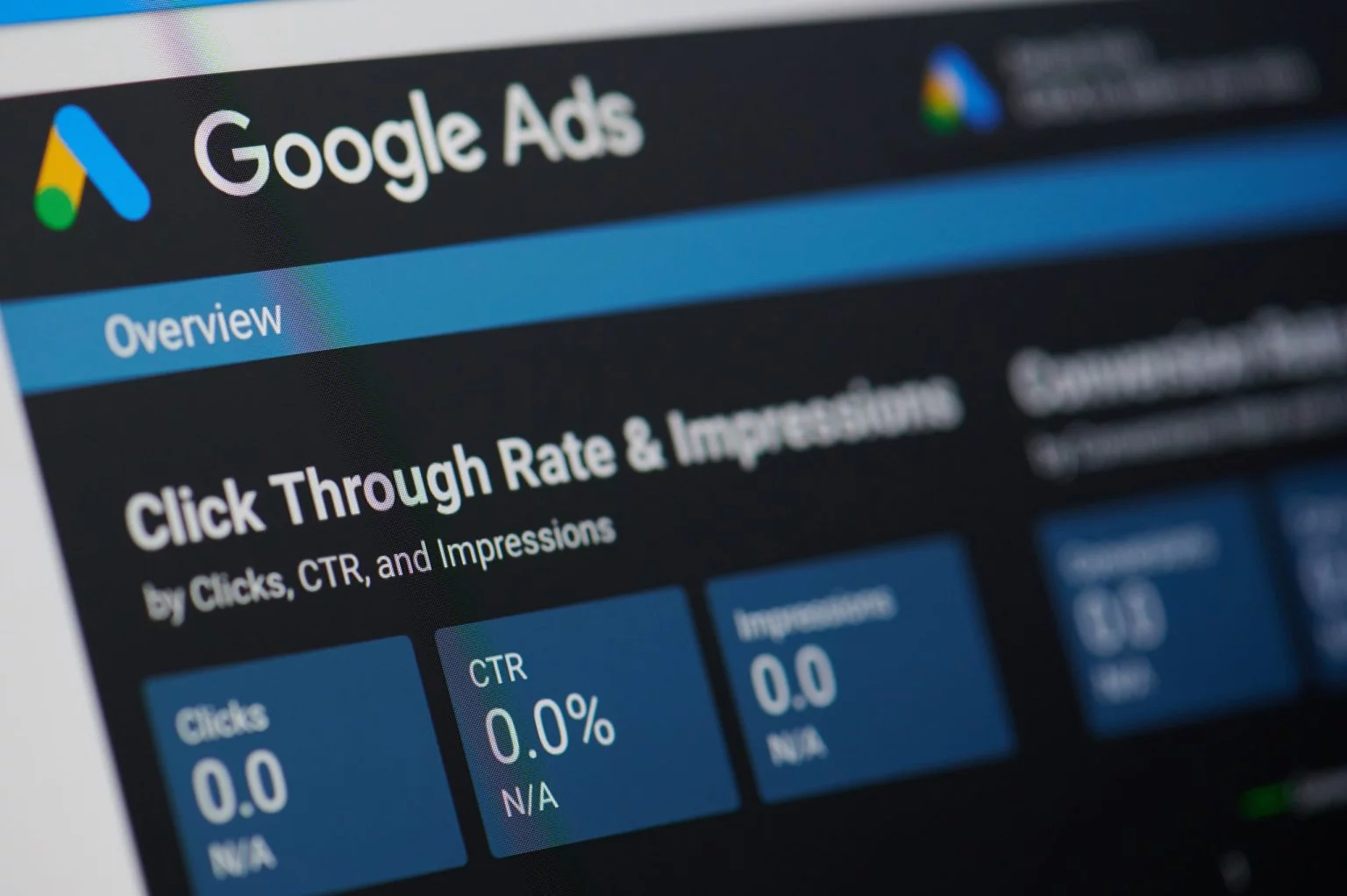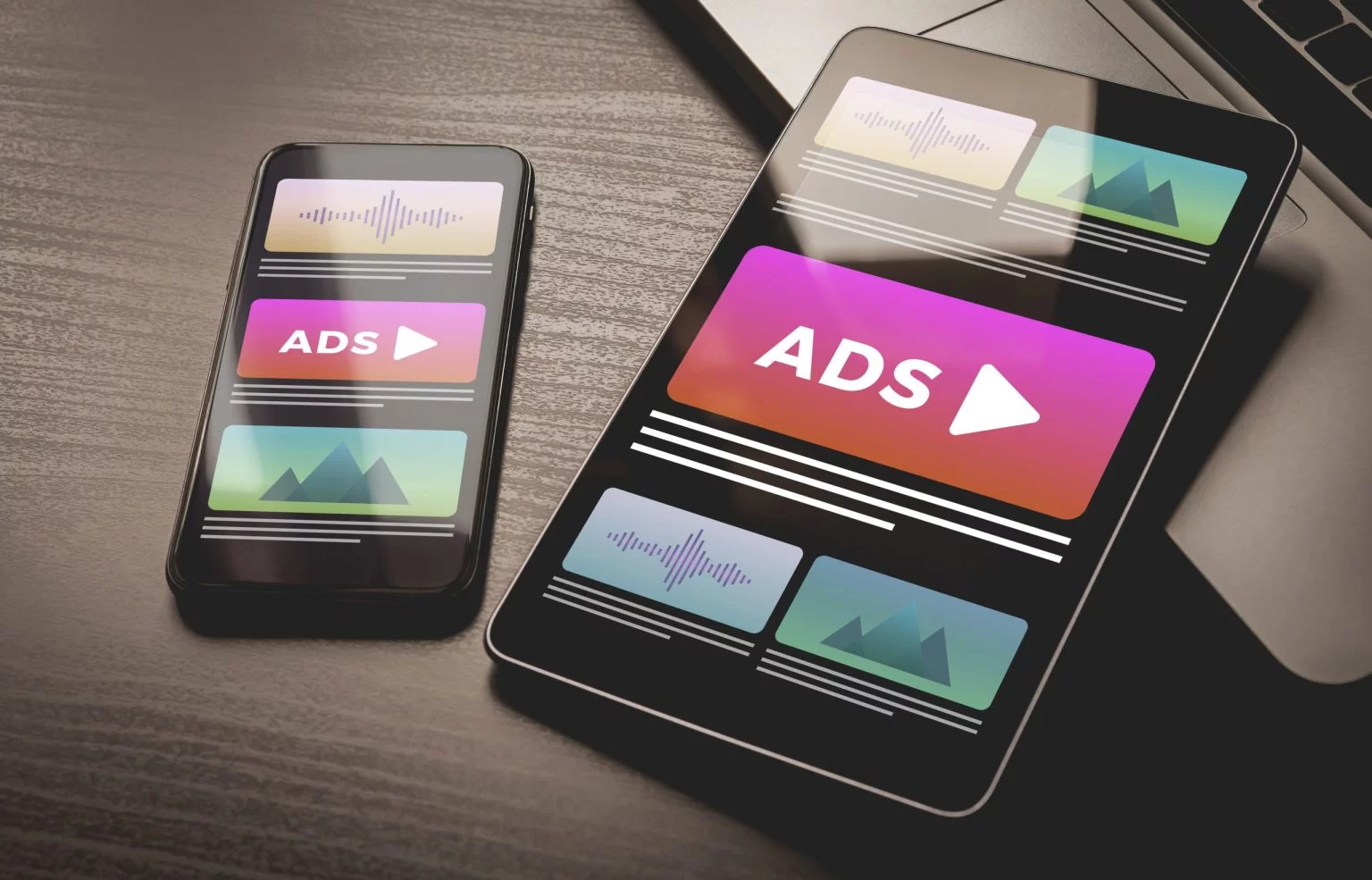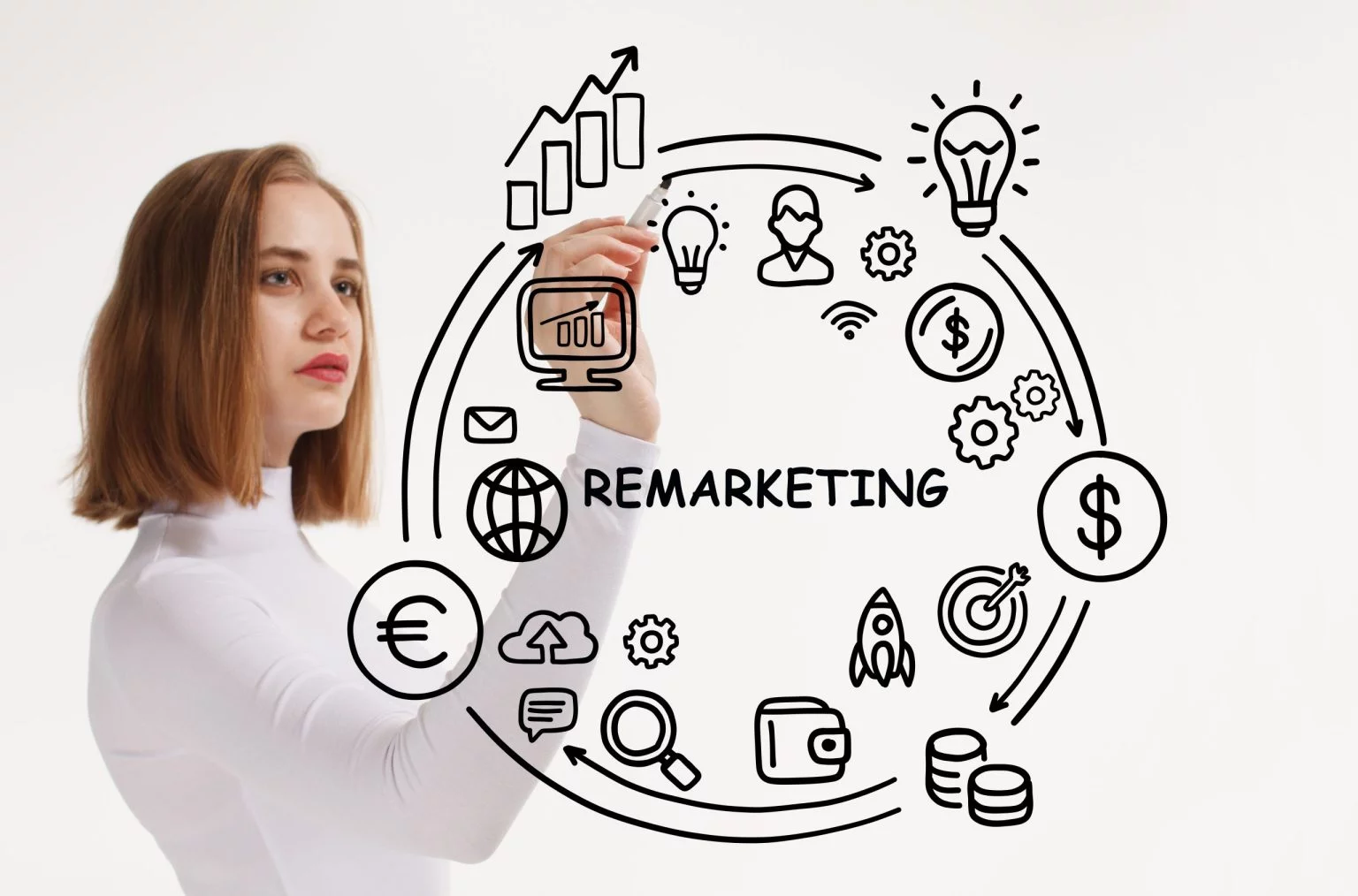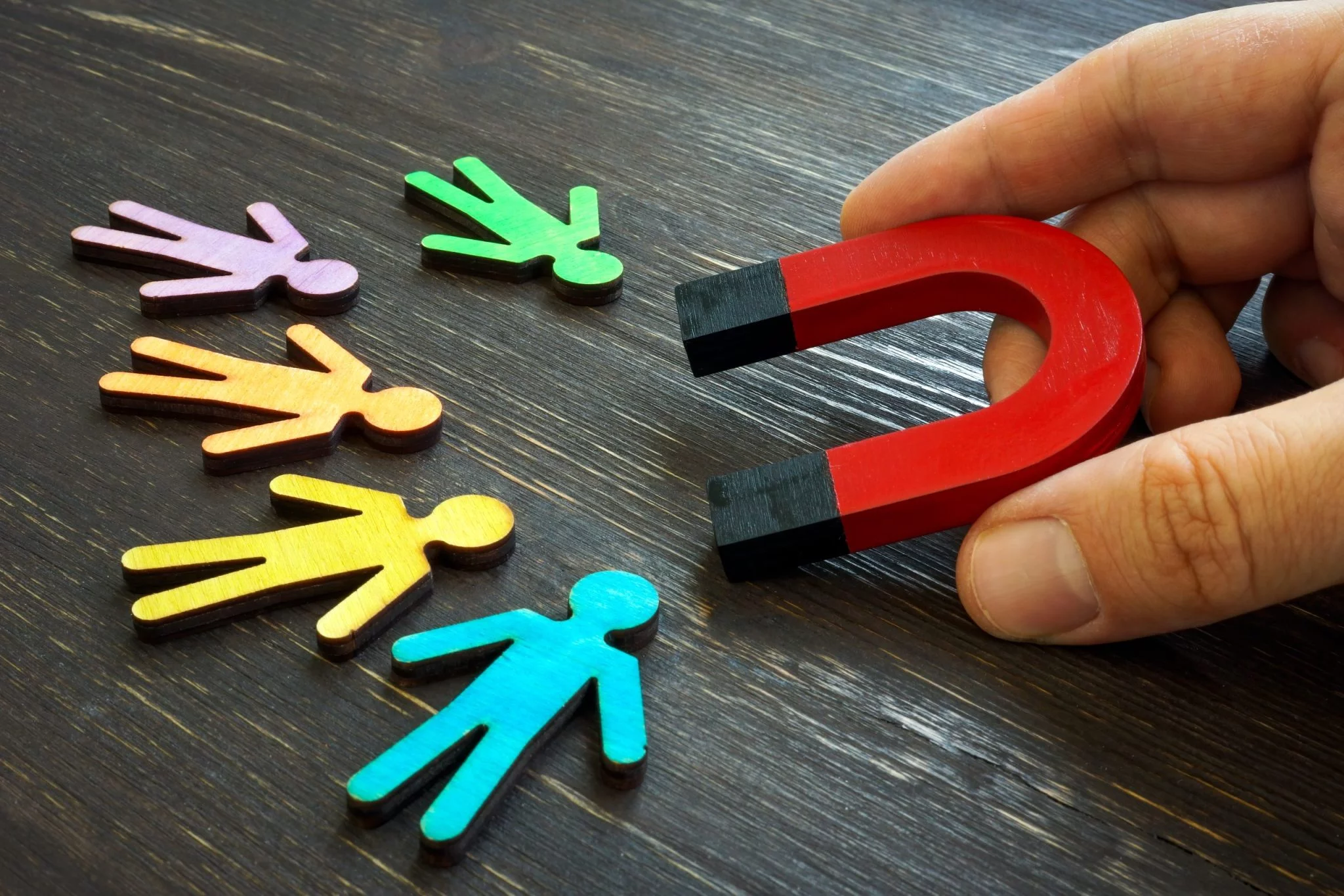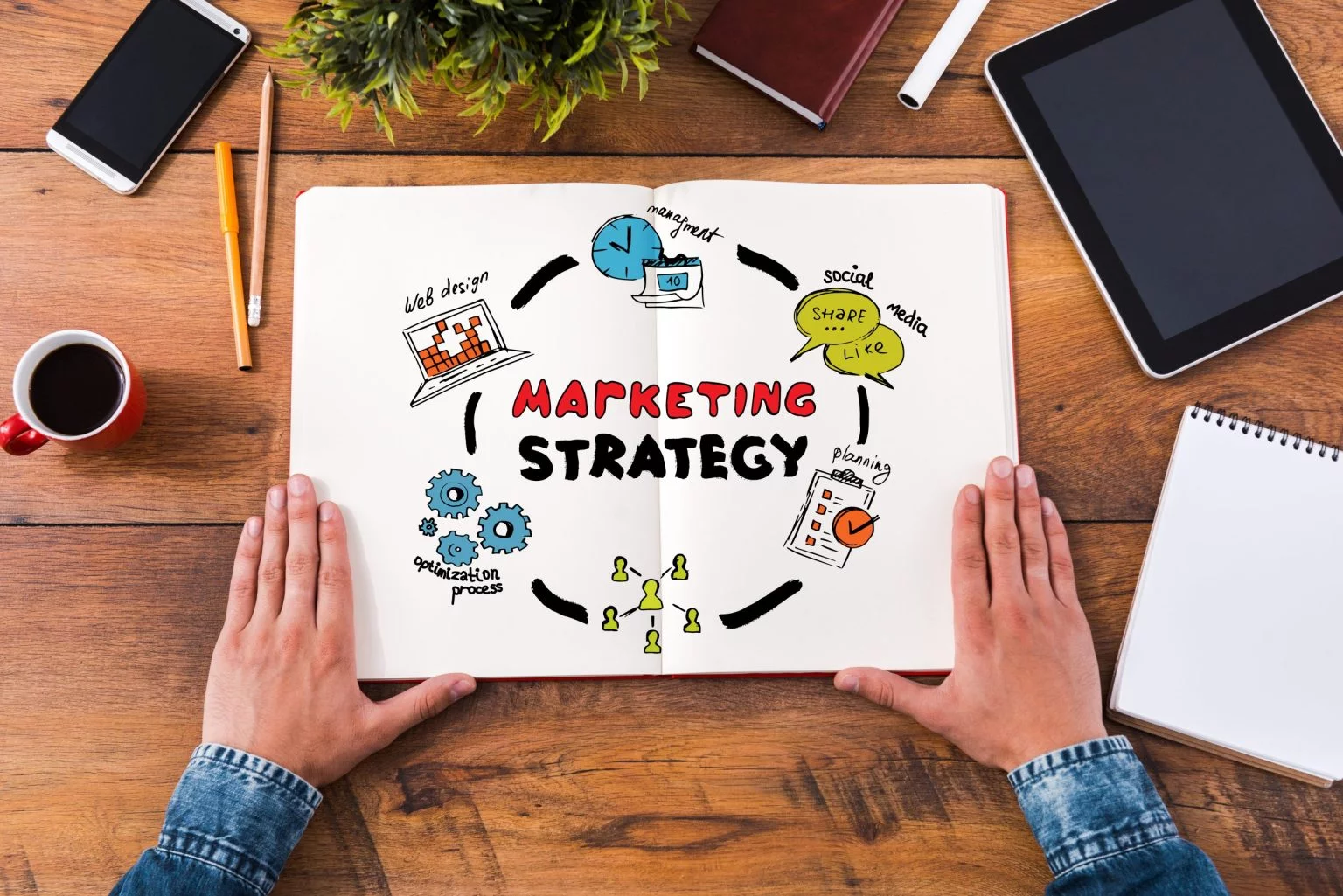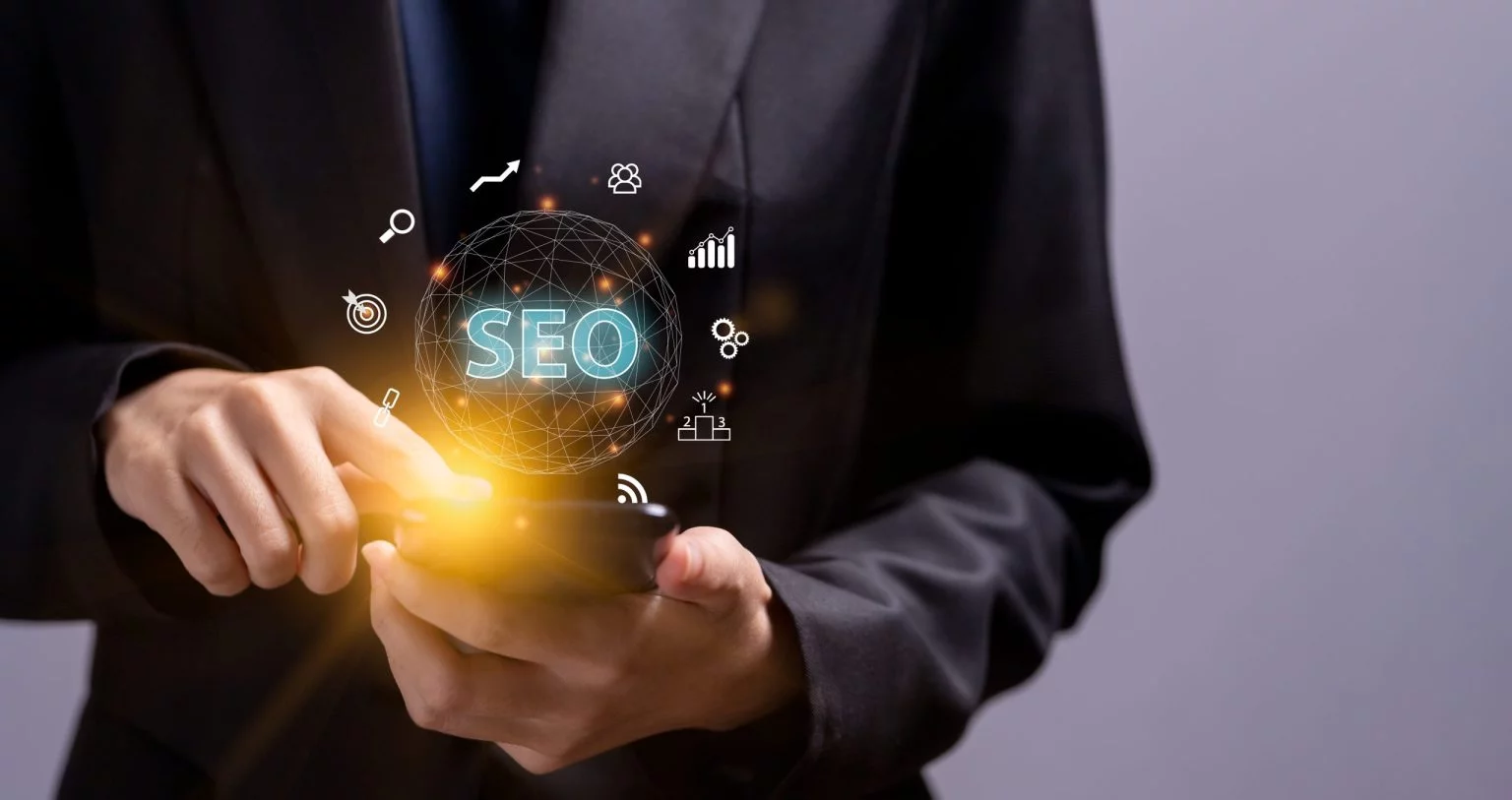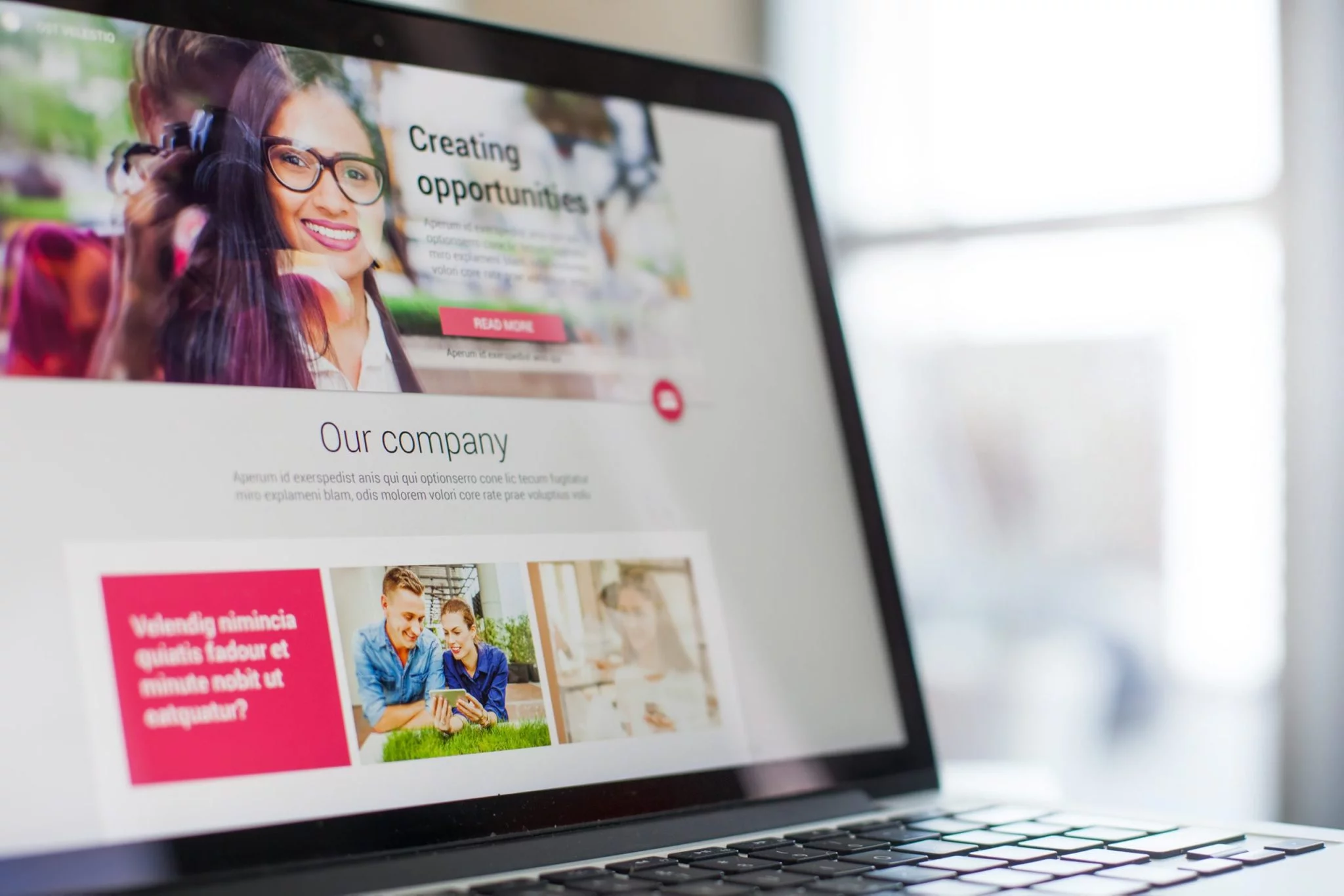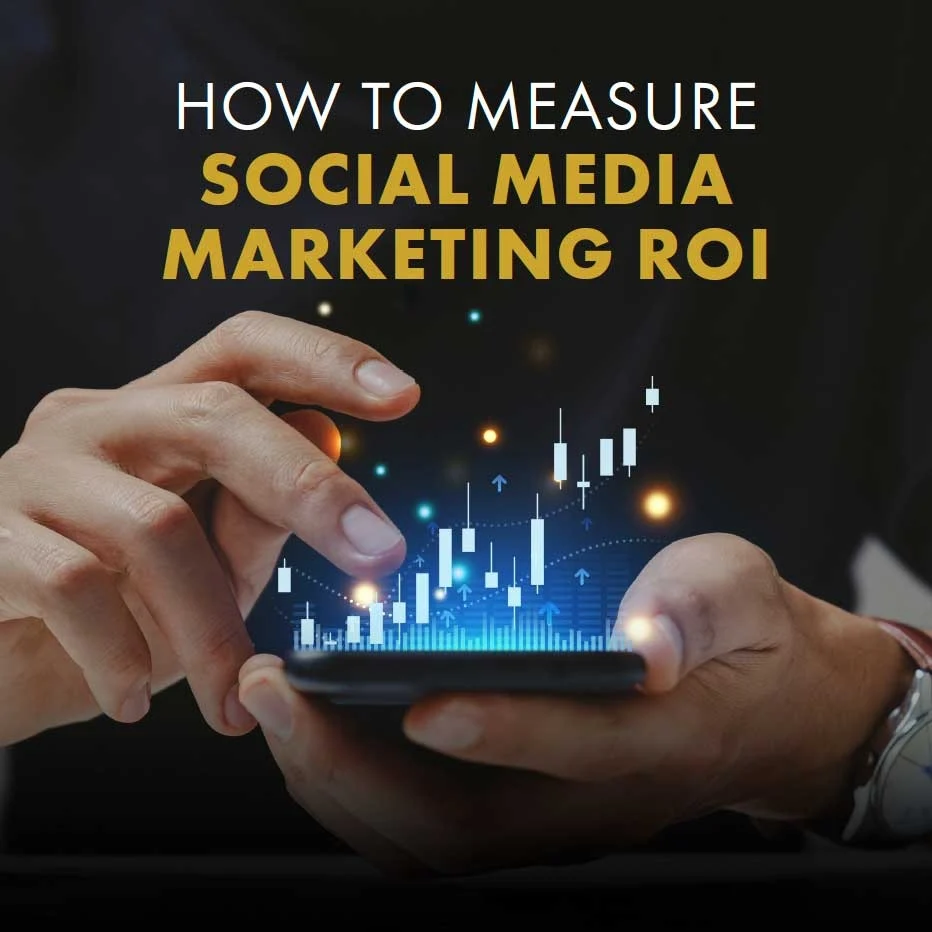
Creating a WordPress website is a fun journey that involves several distinct phases, each playing a key role in the overall timeline. From brainstorming your site's purpose and design to choosing the right themes and plugins, every step is important.
Whether it’s for your business or personal use, understanding how long it takes to build a WordPress website and what to expect during the process is vital for a successful launch. In this guide, we’ll walk you through the different stages of creating a WordPress website and what you can expect during each phase.
Planning and Strategy (1-2 weeks)
The first step in building a WordPress website is planning. This phase is essential as it lays the foundation for the entire project. During this stage, you’ll define the purpose and goals of your site, identify your target audience, and plan out the necessary features and content. It’s also a good time to research your competition and gather inspiration from other websites.
What to Expect at This Stage:
- Brainstorming sessions: You and your team will discuss ideas, goals, and objectives for your website.
- Design discussions: Collaborate with designers to create the look and feel of your website. This may involve creating mood boards and wireframes.
- Sitemap creation: Outline the website’s structure by designing a sitemap, ensuring all necessary pages are identified and logically organized.
- Defining features: Decide on the features and functionalities you want to include on your website, such as a blog, contact form, or e-commerce capabilities.
As you progress through the planning and strategy phase, gathering input from all stakeholders is important. This collaboration enhances the outcome of the project and ensures everyone’s vision aligns with the defined goals. With a clear strategy, you’ll be well-prepared to move on to the next phase.
Design and Development (2-4 weeks)
Once the planning phase is complete, it’s time to bring your vision to life. This is where you’ll work closely with web designers or developers to create the actual website. During this stage, your website’s design and layout will be finalized, and the necessary features and functionalities will be implemented.
What to Expect at This Stage:
- Choosing a WordPress theme or designing one from scratch: The design process will involve selecting a pre-made theme or creating a custom one that suits your brand and website goals.
- Customization and layout adjustments: After selecting a theme, customize it to reflect your brand’s identity. This includes adjusting colors, typography, and overall layout to ensure consistency with your branding.
- Functionality implementation: Work with developers to add necessary functionalities, such as plugins for SEO, analytics, or e-commerce capabilities. Testing these functionalities ensures they work smoothly before moving on to the next phase.
The design and development stage typically takes 2-4 weeks, depending on the complexity of your website.
Content Creation (1-2 weeks)
At this stage, you’ll focus on creating content for your website. Content is king when it comes to attracting visitors and engaging them. This includes writing copy for web pages, creating images or videos, and optimizing them for SEO. High-quality and relevant content is essential for showcasing your brand and services.
What to Expect at This Stage:
- Writing copy for web pages: Write compelling and informative content for each page of your website, including about pages, product descriptions, and blog posts.
- Creating images or videos: Visual content is vital for a successful website. Create or source high-quality images and videos that align with your brand and website’s purpose.
- Optimizing content for SEO: To rank higher in search engine results, optimize your content for SEO, including incorporating relevant keywords and using meta descriptions and alt tags for images.
The content creation stage typically takes 1-2 weeks, but it may take longer if you have a large amount of content or need to outsource some tasks.
Testing and Launch (1 week)
After the website is fully designed, developed, and populated with content, it’s time for testing. This can be an exciting but nerve-wracking stage, as some unexpected issues may arise during the initial launch. It’s crucial to have a backup plan in case of any unforeseen challenges.
What to Expect at This Stage:
- Testing for bugs and glitches on different devices and browsers: Your website should be tested on various devices and browsers to ensure it functions properly, including checking for any broken links or formatting issues.
- Performance testing: Evaluate the speed and performance of your website using tools like Google PageSpeed Insights. A fast loading time is crucial for user experience and SEO.
- User testing: Gather feedback from real users to identify any usability issues. Make necessary adjustments based on their experiences to ensure a seamless navigation experience.
- Preparing for launch and addressing any last-minute issues: Before officially launching your website, make sure everything is in order and address any last-minute issues that may arise. This could include making final adjustments to design or functionality.
- Launching the website to the public: Once everything is tested and ready, it’s time to launch your website for the world to see!
Maintenance and Ongoing Updates
Congratulations, your WordPress website is live! But it’s not a “set it and forget it” project. Maintaining your website and regularly updating it with fresh content is essential for its success.
What to Expect at This Stage:
- Regularly performing backups: Regularly backup your website to avoid losing any data in case of a technical issue.
- Monitoring site performance: Keep an eye on your website’s speed and functionality to identify and fix problems quickly, ensuring a smooth user experience.
- Updating plugins and themes as needed: Regular updates for plugins and themes keep your site secure and functioning well, preventing vulnerabilities and compatibility issues.
- Adding fresh content to keep visitors engaged: Updating your website with new content, such as blog posts or product updates, helps keep visitors coming back and boosts SEO.
Key Steps for Long-Term Success
Building a WordPress website involves many moving parts, requiring careful planning, design, content creation, and regular maintenance. By understanding each development stage, from initial brainstorming to post-launch updates, you can keep things on track and help your site succeed.
Remember, every website is unique. While timelines are useful as a guide, be ready to adjust if things don’t go as planned. Connecting with your audience, staying informed about the latest web trends, and keeping your content fresh will enhance your site’s effectiveness and relevance. Enjoy the journey of creating your website, and don’t forget that continuous improvement leads to lasting success! Contact us if you need a professional web design agency.



.webp)
